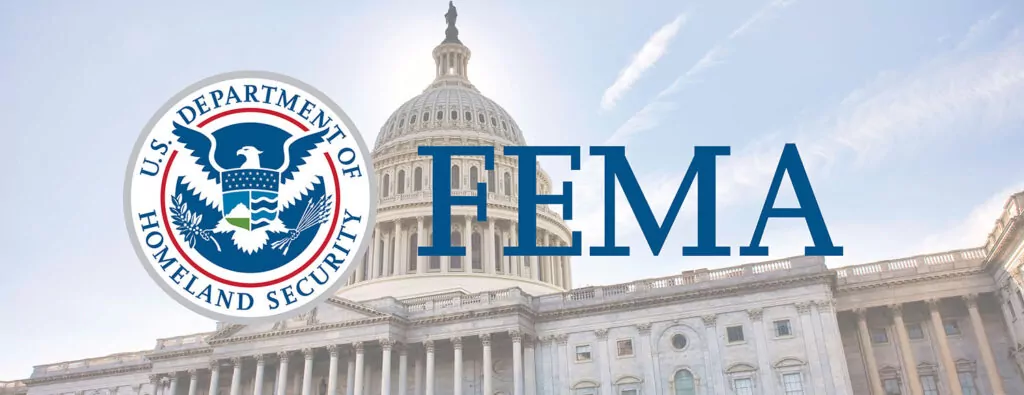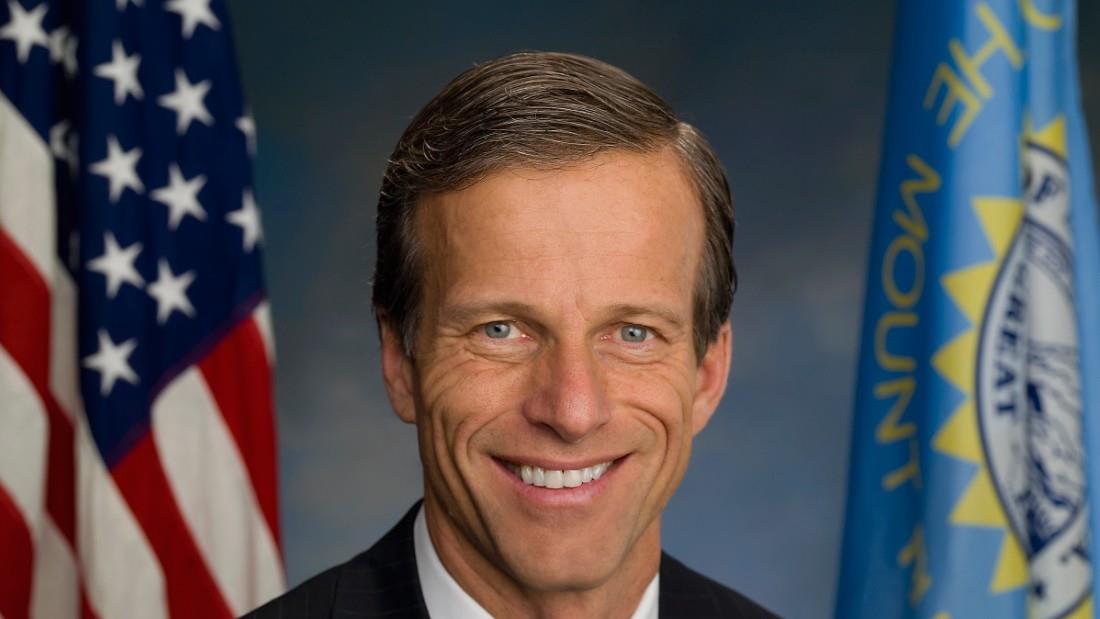FEMA News Update: Key Highlights and Implications for Communities Nationwide

The Federal Emergency Management Agency (FEMA) plays a crucial role in disaster response and recovery across the United States. As we delve into the latest news and updates from FEMA, it is essential to understand the agency’s initiatives, recent activities, and how they affect communities nationwide. This article will provide an in-depth analysis of FEMA’s recent developments, focusing on the agency’s response to natural disasters, funding initiatives, and community engagement.
H2: Recent FEMA Announcements
FEMA continuously updates its programs and initiatives to adapt to changing needs and challenges in disaster management. Recent announcements have highlighted the agency’s proactive approach in addressing various crises, from natural disasters to public health emergencies.
H3: Federal Disaster Declarations
One of the most significant recent developments is the declaration of federal disaster assistance for areas affected by hurricanes and wildfires. FEMA’s support includes providing essential resources for affected communities, such as:
- Individual Assistance (IA): Financial aid to help individuals and families recover from disasters.
- Public Assistance (PA): Funding for state and local governments to restore public infrastructure.
In a recent press release, FEMA announced additional funding for regions impacted by Hurricane Idalia. This funding aims to assist recovery efforts and provide essential services to those in need. The agency encourages affected residents to apply for assistance through their website or contact their local FEMA office for guidance.
H3: Enhanced Funding for Hazard Mitigation
FEMA has also expanded its Hazard Mitigation Grant Program (HMGP) to include funding for projects aimed at reducing future disaster impacts. This initiative is crucial for communities prone to flooding, wildfires, and other hazards. By investing in mitigation efforts, communities can better prepare for future disasters and minimize the potential damage.
Internal Link
For more information on FEMA’s funding programs and their impact, visit our detailed analysis at Newsify.
H2: Community Engagement and Preparedness
FEMA understands the importance of community involvement in disaster preparedness and response. The agency is launching several initiatives aimed at increasing awareness and fostering collaboration among local communities.
H3: National Preparedness Month
September is National Preparedness Month, and FEMA is encouraging communities to engage in preparedness activities. This year’s theme focuses on the importance of developing an emergency plan, building an emergency kit, and participating in local training exercises.
FEMA is hosting various events across the country to promote community resilience and preparedness. These events include:
- Workshops: Educational sessions on creating emergency plans and kits.
- Community Drills: Opportunities for residents to practice their response to various emergencies.
H3: Building Partnerships with Local Organizations
FEMA is committed to building strong partnerships with local organizations to enhance disaster response efforts. Collaborating with community-based organizations can significantly improve outreach and engagement, ensuring that vital information reaches those who need it most.
FEMA has launched a new program aimed at providing training and resources to local organizations. This initiative includes:
- Training sessions: Focused on disaster response and recovery.
- Resource distribution: Providing materials to assist local organizations in their efforts.
H3: Promoting Equity in Disaster Response
FEMA is actively working to address issues of equity in disaster response. The agency recognizes that certain populations are disproportionately affected by disasters and aims to ensure that resources and support are accessible to all communities. This commitment includes:
- Tailored assistance: Adapting programs to meet the unique needs of vulnerable populations.
- Community outreach: Engaging with underserved communities to raise awareness about available resources.
H2: Recent Challenges Faced by FEMA
Despite its efforts, FEMA continues to face challenges in disaster response and recovery. From resource allocation to public perception, the agency is constantly adapting to meet the needs of communities.
H3: Resource Constraints
One of the significant challenges FEMA faces is the increasing demand for resources in the wake of numerous natural disasters. With climate change contributing to the frequency and severity of storms, floods, and wildfires, FEMA’s resources are stretched thin. The agency is advocating for increased funding from Congress to address these challenges and improve disaster response capabilities.
H3: Public Perception and Trust
Another challenge FEMA faces is rebuilding public trust following past disasters. Some communities have expressed dissatisfaction with the agency’s response, citing delays in assistance and communication issues. FEMA is actively working to improve its communication strategies and ensure that affected communities receive timely updates and support.
H3: Addressing Climate Change Impacts
As climate change continues to affect weather patterns, FEMA must adapt its strategies to address these new challenges. The agency is investing in research and technology to better understand the impacts of climate change on disaster frequency and severity. This research will inform future disaster preparedness and response efforts.
H2: Future Directions for FEMA
Looking ahead, FEMA is committed to enhancing its programs and initiatives to better serve communities. Several key areas of focus include:
H3: Emphasizing Preparedness Education
FEMA plans to increase its efforts in preparedness education, emphasizing the importance of personal responsibility in disaster preparedness. By providing resources and training, the agency aims to empower individuals and families to take proactive steps in their disaster planning.
H3: Expanding Technology Use
The agency is investing in technology to improve disaster response and recovery efforts. Innovations such as data analytics, mobile applications, and social media outreach will enhance FEMA’s ability to communicate with communities and streamline the assistance process.
H3: Collaborating with State and Local Governments
FEMA recognizes the importance of collaboration with state and local governments in disaster management. The agency will continue to strengthen these partnerships to ensure a coordinated and effective response to emergencies.
H2: Conclusion
FEMA remains a vital resource for communities facing the challenges of disaster response and recovery. Through its various programs and initiatives, the agency is committed to enhancing preparedness, fostering community engagement, and addressing the impacts of climate change. As we move forward, it is essential for individuals, families, and communities to take an active role in disaster preparedness and work collaboratively with FEMA and local organizations to build a more resilient future.









Leave a Reply